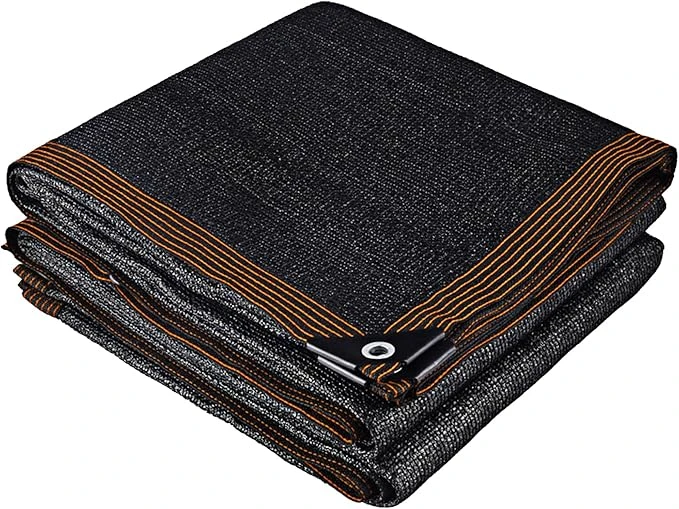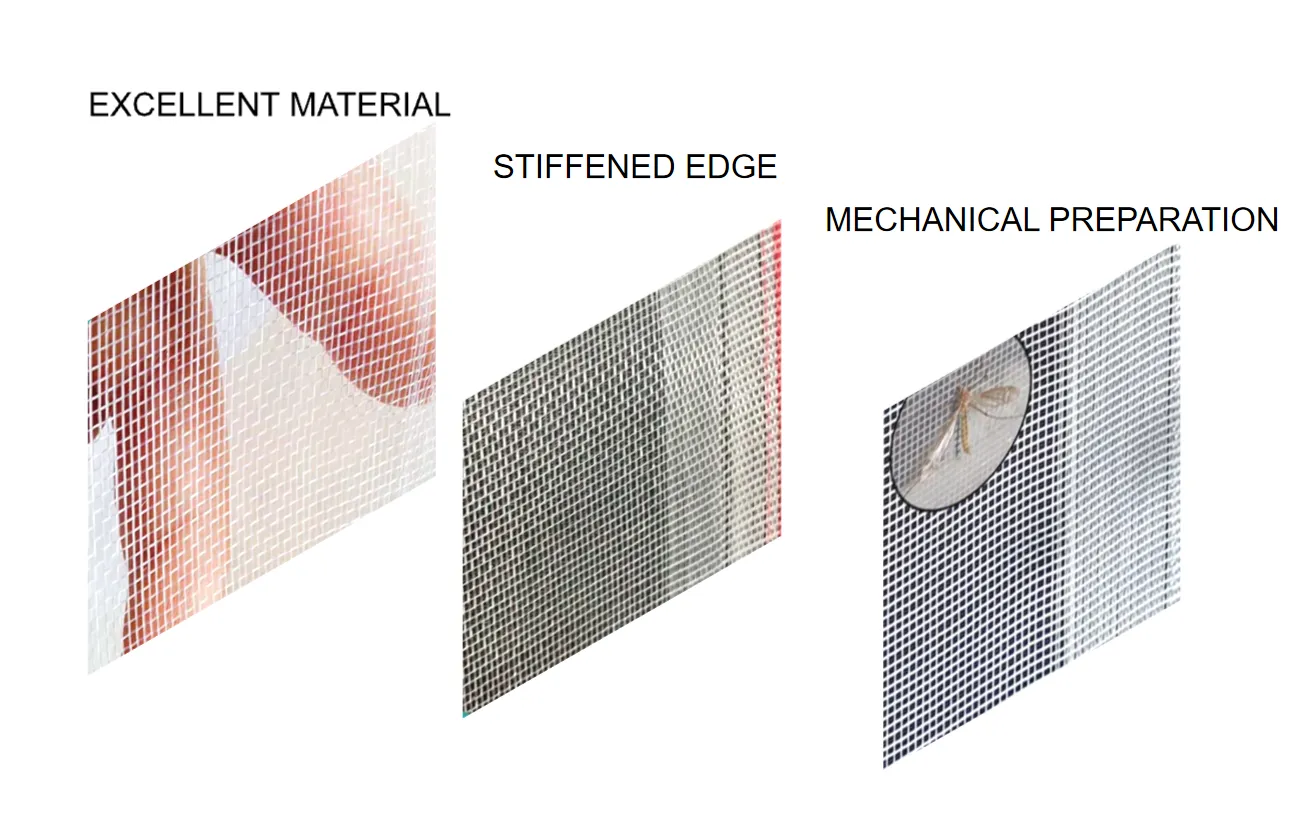-
 Afrikaans
Afrikaans -
 Albanian
Albanian -
 Amharic
Amharic -
 Arabic
Arabic -
 Armenian
Armenian -
 Azerbaijani
Azerbaijani -
 Basque
Basque -
 Belarusian
Belarusian -
 Bengali
Bengali -
 Bosnian
Bosnian -
 Bulgarian
Bulgarian -
 Catalan
Catalan -
 Cebuano
Cebuano -
 China
China -
 Corsican
Corsican -
 Croatian
Croatian -
 Czech
Czech -
 Danish
Danish -
 Dutch
Dutch -
 English
English -
 Esperanto
Esperanto -
 Estonian
Estonian -
 Finnish
Finnish -
 French
French -
 Frisian
Frisian -
 Galician
Galician -
 Georgian
Georgian -
 German
German -
 Greek
Greek -
 Gujarati
Gujarati -
 Haitian Creole
Haitian Creole -
 hausa
hausa -
 hawaiian
hawaiian -
 Hebrew
Hebrew -
 Hindi
Hindi -
 Miao
Miao -
 Hungarian
Hungarian -
 Icelandic
Icelandic -
 igbo
igbo -
 Indonesian
Indonesian -
 irish
irish -
 Italian
Italian -
 Japanese
Japanese -
 Javanese
Javanese -
 Kannada
Kannada -
 kazakh
kazakh -
 Khmer
Khmer -
 Rwandese
Rwandese -
 Korean
Korean -
 Kurdish
Kurdish -
 Kyrgyz
Kyrgyz -
 Lao
Lao -
 Latin
Latin -
 Latvian
Latvian -
 Lithuanian
Lithuanian -
 Luxembourgish
Luxembourgish -
 Macedonian
Macedonian -
 Malgashi
Malgashi -
 Malay
Malay -
 Malayalam
Malayalam -
 Maltese
Maltese -
 Maori
Maori -
 Marathi
Marathi -
 Mongolian
Mongolian -
 Myanmar
Myanmar -
 Nepali
Nepali -
 Norwegian
Norwegian -
 Norwegian
Norwegian -
 Occitan
Occitan -
 Pashto
Pashto -
 Persian
Persian -
 Polish
Polish -
 Portuguese
Portuguese -
 Punjabi
Punjabi -
 Romanian
Romanian -
 Russian
Russian -
 Samoan
Samoan -
 Scottish Gaelic
Scottish Gaelic -
 Serbian
Serbian -
 Sesotho
Sesotho -
 Shona
Shona -
 Sindhi
Sindhi -
 Sinhala
Sinhala -
 Slovak
Slovak -
 Slovenian
Slovenian -
 Somali
Somali -
 Spanish
Spanish -
 Sundanese
Sundanese -
 Swahili
Swahili -
 Swedish
Swedish -
 Tagalog
Tagalog -
 Tajik
Tajik -
 Tamil
Tamil -
 Tatar
Tatar -
 Telugu
Telugu -
 Thai
Thai -
 Turkish
Turkish -
 Turkmen
Turkmen -
 Ukrainian
Ukrainian -
 Urdu
Urdu -
 Uighur
Uighur -
 Uzbek
Uzbek -
 Vietnamese
Vietnamese -
 Welsh
Welsh -
 Bantu
Bantu -
 Yiddish
Yiddish -
 Yoruba
Yoruba -
 Zulu
Zulu
agricultural shade netting
In the world of modern agriculture, the application of agricultural netting has become an indispensable tool for farmers seeking to protect their crops while improving yield. This comprehensive practice combines both traditional techniques and cutting-edge innovations, creating an intersecting realm where experience meets expertise.

With decades of field experience, farmers have long recognized the vulnerabilities of crops to unpredictable weather, pests, and diseases. Agricultural netting offers a reliable solution, shielding plants from these elemental adversaries. One prevalent use is in horticulture, where anti-hail nets are strategically positioned to prevent damage from hailstorms, which can severely impact fruit and vegetable production. Farmers utilizing these nets report a significant decrease in crop losses, leading to more consistent output, a tangible testament to the netting's efficacy.
Expertise in agricultural netting is crucial for optimal product selection and usage. Knowing the different types of netting and their specific applications can make a substantial difference in outcomes. For instance, shade nets are specialized for reducing solar radiation and temperature within greenhouses, creating a microenvironment conducive to specific plant growth. In regions with high-intensity sunlight, deploying the correct density of shade netting can prevent leaf scorching and water loss, stabilizing both plant health and farmer returns.

The authoritative nature of agricultural netting solutions stems from extensive agronomic research and technological advancements. Leading agricultural institutes and organizations have invested significantly in studying net materials, designs, and their impacts on crop cultivation. This scientific backing provides farmers with peace of mind, knowing that they are utilizing products rooted in thorough research and verified by industry standards. Keeping abreast of the latest studies helps practitioners choose the most effective netting solutions tailored to their crop's needs and environmental conditions.
agricultural netting
Trustworthiness in agricultural netting is further elevated through the endorsement of experienced farmers and agricultural experts. These endorsements frequently highlight key factors like durability, cost-effectiveness, and sustainability. Long-term users of agricultural netting often share success stories that underline improvements in both plant quality and harvest volume. This exchange of real-world testimonies not only strengthens trust but also serves as a guiding framework for newcomers deciding on whether to implement netting into their own agricultural practices.
Sustainability also plays a critical role in the trust structure. Modern netting solutions are increasingly developed with eco-friendly materials that can be recycled or reused. This minimizes environmental impact and appeals to eco-conscious consumers. By adopting sustainable netting products, farmers not only protect their crops but also contribute to broader environmental conservation efforts.
In conclusion, agricultural netting stands as a pillar of modern farming techniques — one that aligns experience, expertise, authority, and trustworthiness to propel agricultural productivity into the future. By leveraging the advantages of netting, farmers safeguard their investments and support the sustainable growth of the agricultural sector.
-
Shipping Plastic Bags for Every NeedNewsJul.24,2025
-
Safety Netting: Your Shield in ConstructionNewsJul.24,2025
-
Plastic Mesh Netting for Everyday UseNewsJul.24,2025
-
Nylon Netting for Every UseNewsJul.24,2025
-
Mesh Breeder Box for Fish TanksNewsJul.24,2025
-
Expanded Steel Mesh Offers Durable VersatilityNewsJul.24,2025











